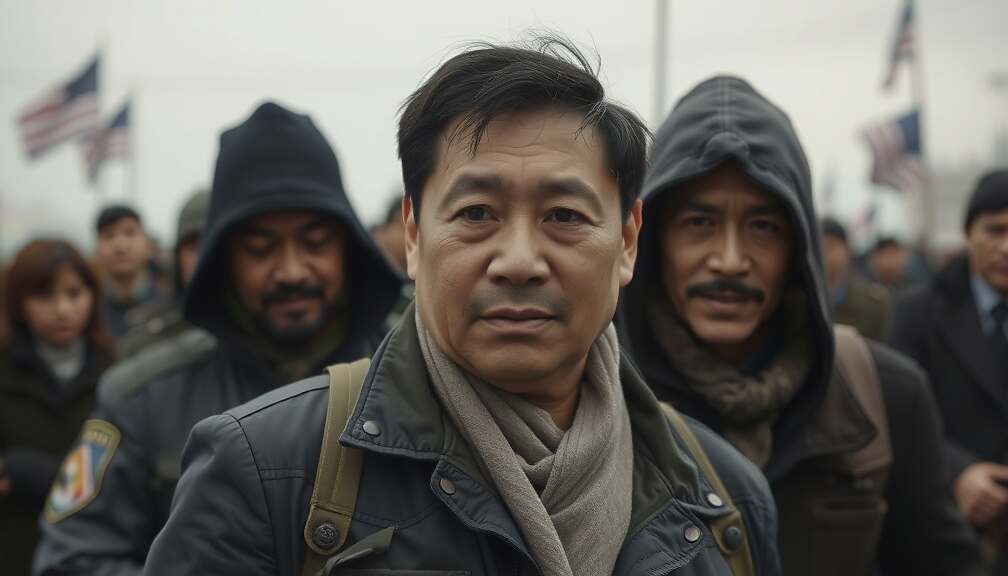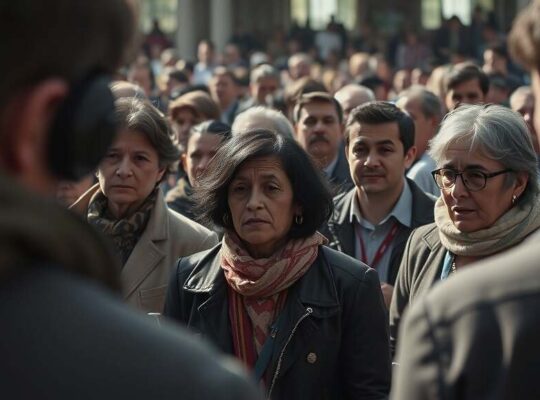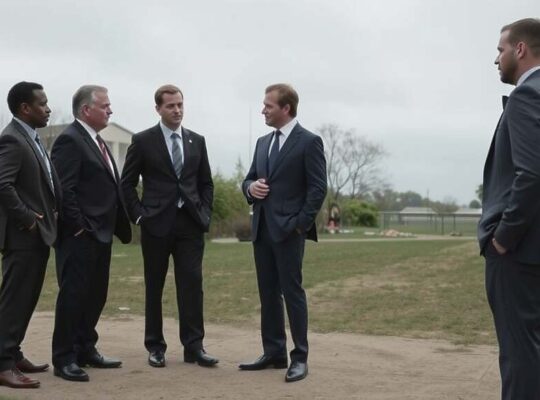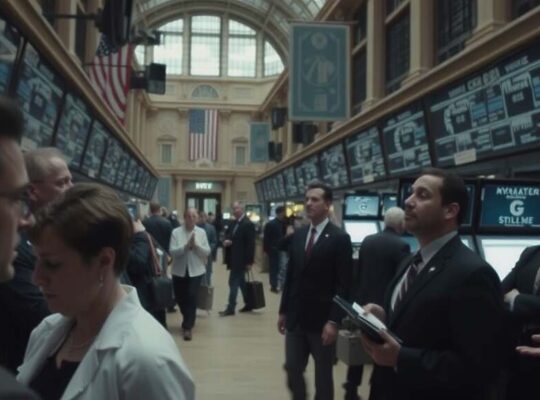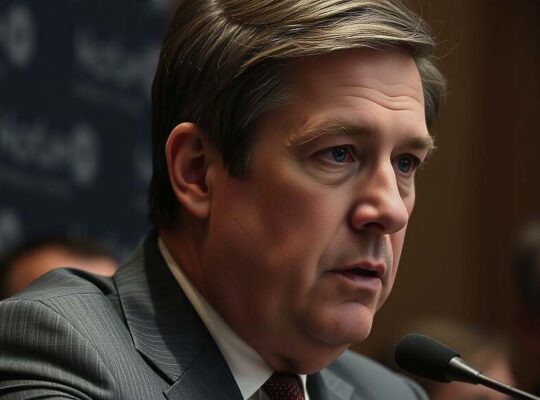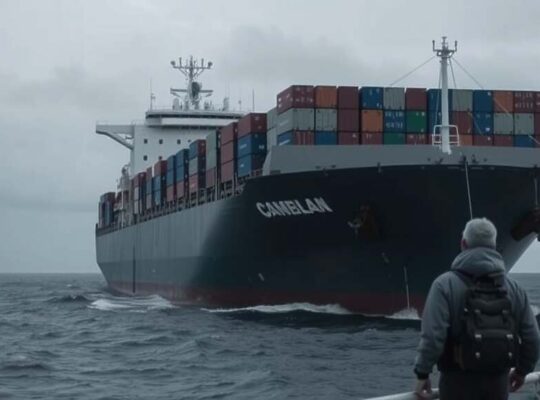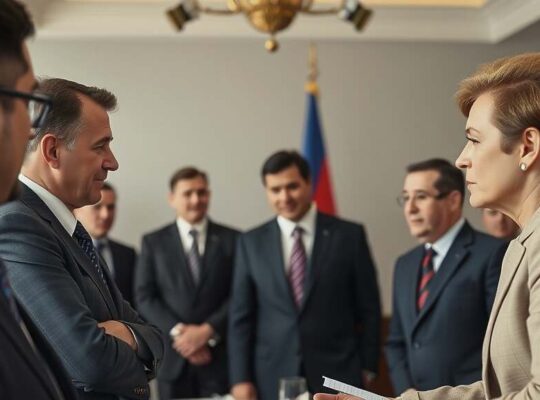President Donald Trump announced a significant acceleration of planned tariffs on Russian trade partners, shortening the timeframe from 50 days to “ten to twelve days”. The announcement came during a meeting with British Prime Minister Keir Starmer and underscored ongoing disappointment regarding the actions of Russian President Vladimir Putin.
The move aims to increase pressure on Moscow to end its military actions in Ukraine. Two weeks prior, Trump had threatened tariffs amounting to approximately 100 percent, contingent upon Russia failing to reach an agreement on a ceasefire or peace accord by a specific deadline. He voiced strong criticism of Putin’s continued missile strikes on Ukrainian cities like Kyiv, highlighting civilian casualties.
The initial 50-day timeframe was established on July 14th during a meeting with NATO Secretary General Mark Rutte at the White House, alongside confirmation of continued weapons deliveries to Ukraine. The threatened tariffs, referred to as secondary tariffs, are intended to exert pressure on major importers such as China and India.
Despite the intensified warning, Moscow has shown no visible reaction to Trump’s announcement and has maintained its military offensive in Ukraine. Kremlin officials have condemned the announced weapons deliveries and threatened sanctions, characterizing them as detrimental to peace-making efforts.


